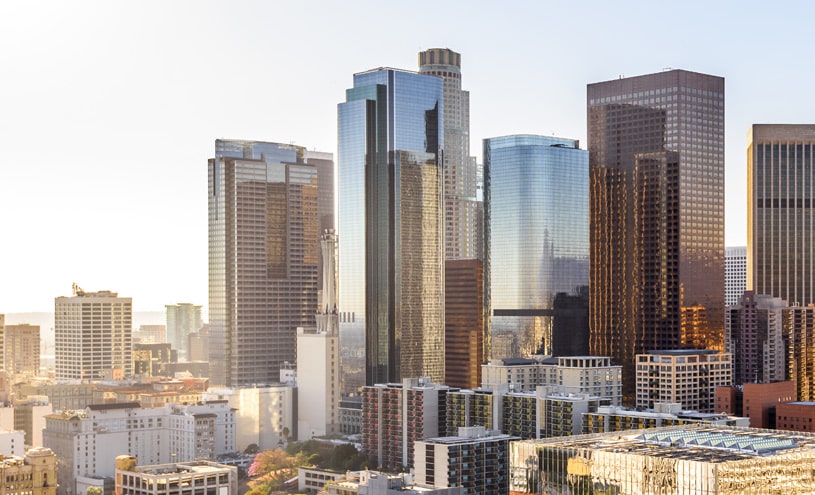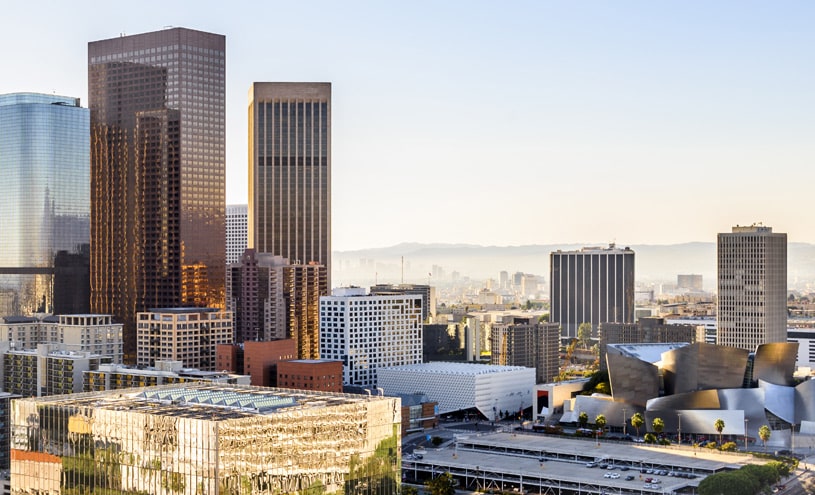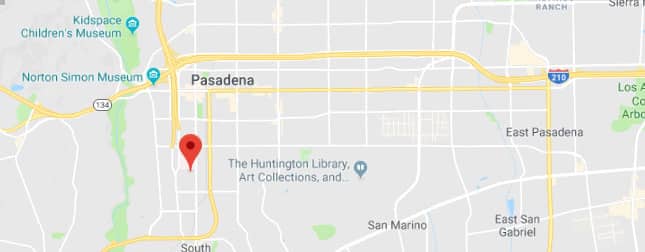 A crooked nose is one that does not go down the center of your face in a straight line. Crooked noses are quite a common aesthetic or functional concern. The actor Owen Wilson is famous for having a crooked nose.
A crooked nose is one that does not go down the center of your face in a straight line. Crooked noses are quite a common aesthetic or functional concern. The actor Owen Wilson is famous for having a crooked nose.
They can occur due to a deviated septum or previous injury. According to estimates, approximately 80 percent individuals suffer from some type of deviated septum.
The degree of the crookedness of the nose can vary due to the underlying cause. Many times crooked noses are just an aesthetic concern. However, they can sometimes affect the flow of breathing. Rhinoplasty cosmetic surgery can be used to straighten a crooked nose.
Facial plastic and reconstructive surgeon Dr. Eric Yavrouian provides rhinoplasty to patients in Glendale, Pasadena, Burbank, Greater Los Angeles, Beverly Hills, CA, and other suburbs and cities in this part of SoCal.
Why a Crooked Nose occurs?
It is essential to understand the causes that lead to a crooked nose before evaluating various corrective alternatives. There are two kinds of crooked noses. The first type stems from problems within the fragile and complex framework of cartilage, bones, and tissue within the nose.
This condition may occur due to:
- Tumors
- Nose surgery
- Birth defects
- Injuries such as a broken nose
- Serious infections
The reason for developing a crooked nose determines whether the nose is I, C, or S-shaped.
The second cause of developing a crooked nose is a deviated septum. The septum is a wall of the nose that separates the right and left nasal passageways from one another. A deviated septum refers to a condition where this nasal wall leans towards one side leading to partial blockage on the other side of the nose. Some people have a deviated septum since birth while others develop it later.
Along with the crooked appearance of the nose, a deviated septum also leads to:
- Heavy breathing
- Nosebleeds
- Problems sleeping on one side
Surgery
Dermal fillers injections can help with a mildly crooked nose, but cosmetic surgery is required for more severe conditions. Rhinoplasty addresses the outside appearance of the nose. On the other hand, septoplasty addresses the straightening of the wall inside the nose that bifurcates the nose into two portions.
Rhinoplasty
Rhinoplasty can either be cosmetic or functional. Cosmetic rhinoplasty centers only on the appearance aspect of the nose. However, functional rhinoplasty focuses on breathing challenges. A 2015 research study indicated that rhinoplasty can be highly successful in straightening crooked noses in most patients.
The study showed that rhinoplasty corrected various crooked nose conditions with or without achieving facial symmetry. If both halves of the face appear similar, it is known as facial symmetry.
Septoplasty
Septoplasty straightens a crooked nose through reshaping the walls in the passageways of the nose. If your nose is crooked due to a deviated septum, the surgeon will most probably prescribe septoplasty.
Septoplasty can correct nasal air passageway blockages and straighten a crooked nose efficiently. It is safe and proven procedure commonly performed by rhinoplasty surgeons.
Facial plastic and reconstructive surgeon Dr. Eric Yavrouian receives patients from Glendale, Pasadena, Burbank, Greater Los Angeles, Beverly Hills, CA, and other communities and neighborhoods in this area of the southwest for rhinoplasty.
For more information about treatments and procedures by Facial Plastic and Reconstructive Surgeon, Dr. Eric J. Yavrouian, serving patients in and around Glendale, Pasadena, Burbank and the Greater Los Angeles, CA area call 818-241-2150 or click here to contact him for a consultation.


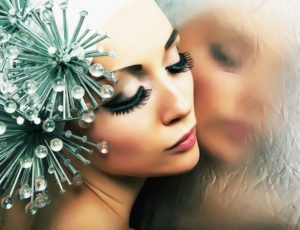 The upper bony part of the nose is known as the radix. The radix and cartilage beneath it may be significant leading to a bump in the nose.
The upper bony part of the nose is known as the radix. The radix and cartilage beneath it may be significant leading to a bump in the nose.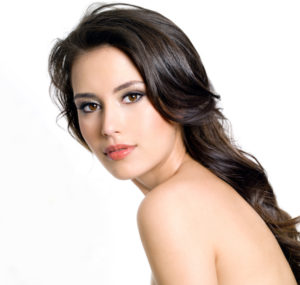 Rhinoplasty
Rhinoplasty  Nose fractures make up almost 40 percent of the injuries to the bone in facial trauma cases. The treatment starts with primary care.
Nose fractures make up almost 40 percent of the injuries to the bone in facial trauma cases. The treatment starts with primary care.